The recent discovery of a 24,000-year-old "zombie virus" revived by scientists has sparked both fascination and concern across the globe. Found deep within the Siberian permafrost, this ancient pathogen, along with others like it, raises critical questions about the risks and implications of bringing long-dormant microbes back to life. While the scientific community is eager to study these organisms for their potential insights into evolution and survival, the broader public is left wondering: should we be worried?
The Science Behind the Revival
Permafrost, the permanently frozen ground found in Arctic regions, acts as a natural time capsule. For millennia, it has preserved ancient plants, animals, and even microorganisms in a state of suspended animation. As global temperatures rise and the permafrost thaws, these once-frozen specimens are being exposed—some of which date back tens of thousands of years. Scientists have successfully reanimated several of these microbes, including the 24,000-year-old virus, to study their behavior and genetic makeup.
The process involves carefully extracting genetic material from permafrost samples, culturing it in controlled laboratory conditions, and observing whether the microorganisms can regain functionality. In this case, the virus not only revived but also demonstrated the ability to infect amoebas, its presumed ancient host. While this particular virus poses no known threat to humans, its revival underscores the potential for other, more dangerous pathogens to re-emerge as the permafrost continues to melt.
Why This Matters
Beyond the sheer novelty of reviving prehistoric life, these discoveries have significant implications for both science and public health. Studying ancient viruses and bacteria can provide invaluable insights into how microorganisms evolve over extended periods. Researchers can examine their genetic adaptations, survival mechanisms, and interactions with hosts—information that could help combat modern-day pathogens.
However, the thawing permafrost also presents a genuine, if uncertain, risk. If pathogenic microbes that once afflicted ancient humans or animals were to revive, they could potentially reintroduce diseases to which modern populations have no immunity. While the likelihood of such an event remains speculative, the mere possibility warrants caution. Climate change, by accelerating permafrost thaw, may be unlocking a Pandora’s box of biological unknowns.
Public Health Concerns: Real or Overblown?
The term "zombie virus" undoubtedly conjures images of apocalyptic scenarios, but the reality is far less dramatic—at least for now. The viruses and bacteria being revived in labs are meticulously selected for study based on their presumed low risk to humans. Strict containment protocols are in place to prevent accidental release, and researchers prioritize organisms that infect single-celled hosts rather than multicellular ones.
Still, the broader concern lies in what hasn’t yet been discovered. The permafrost is vast, and only a fraction of its microbial content has been examined. Unknown pathogens, some potentially harmful, could be lurking in the ice. The 1918 Spanish flu virus, for instance, was recovered from frozen victims in Alaska, proving that some human-afflicting viruses can survive long-term freezing. While deliberate revival of such viruses is highly regulated, natural thawing could expose them unintentionally.
Ethical and Ecological Considerations
Beyond the immediate scientific and health implications, the revival of ancient microorganisms raises ethical questions. Should scientists be reanimating life forms that have been dormant for millennia? What are the ecological consequences if these organisms were to escape controlled environments? While the benefits of research are clear, the potential unintended consequences cannot be ignored.
Some argue that the knowledge gained outweighs the risks, particularly if it leads to breakthroughs in medicine or environmental science. Others caution that tampering with ancient ecosystems, even on a microscopic level, could have unforeseen ripple effects. The debate mirrors larger conversations about humanity’s role in manipulating nature, from gene editing to de-extinction projects.
The Path Forward
As research into ancient viruses continues, transparency and collaboration will be key. Scientists must communicate their findings clearly to avoid sensationalism while ensuring that policymakers and the public understand both the opportunities and risks. International cooperation is also critical, as permafrost thaw affects multiple countries, and any potential outbreaks would require a coordinated response.
For now, the revival of the 24,000-year-old virus serves as a reminder of nature’s resilience—and the delicate balance between scientific curiosity and caution. While there’s no need for panic, the discovery underscores the importance of monitoring our changing planet and preparing for the unexpected. As the permafrost yields more of its secrets, humanity must decide how to responsibly navigate this new frontier of discovery.
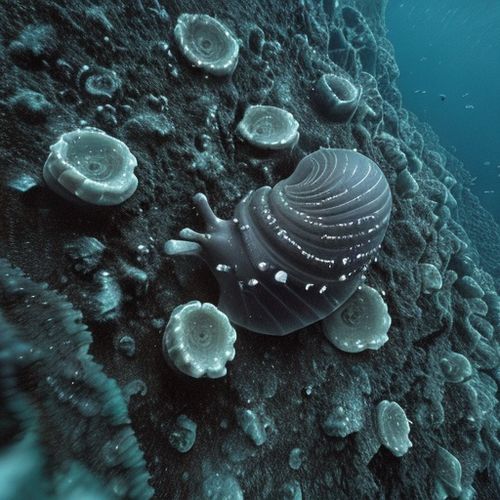
By Emily Johnson/Apr 10, 2025

By Sarah Davis/Apr 10, 2025

By Christopher Harris/Apr 10, 2025
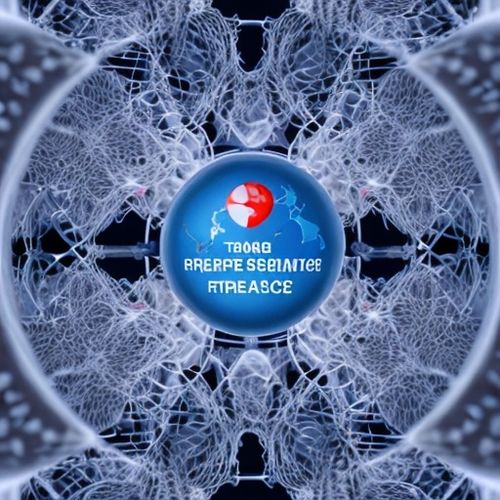
By John Smith/Apr 10, 2025

By Ryan Martin/Apr 10, 2025
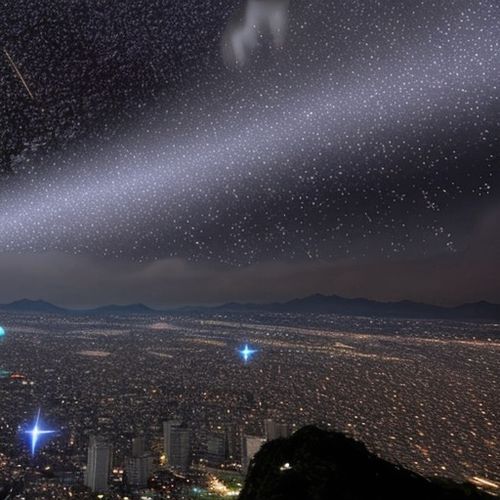
By Olivia Reed/Apr 10, 2025

By Sarah Davis/Apr 10, 2025
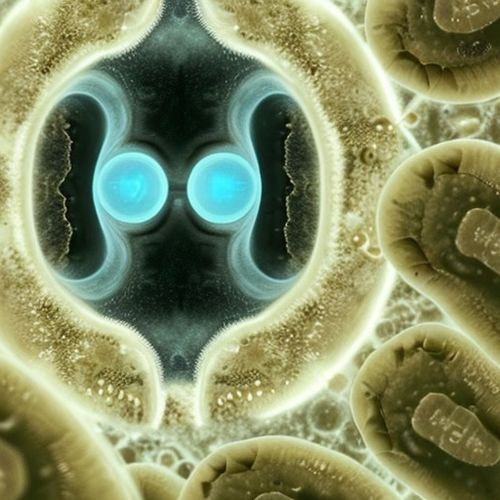
By Victoria Gonzalez/Apr 10, 2025
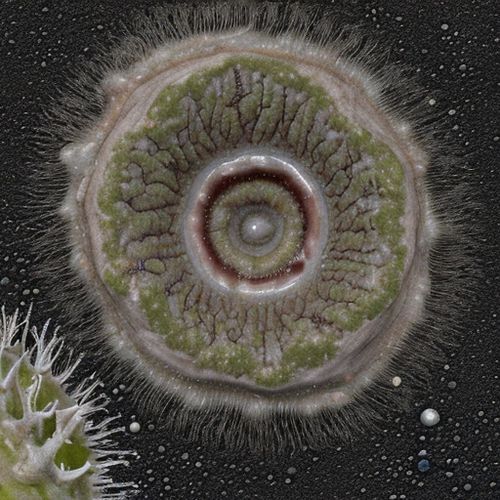
By Laura Wilson/Apr 10, 2025
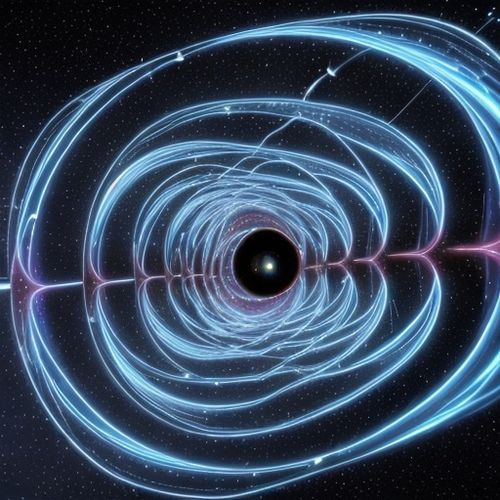
By Lily Simpson/Apr 10, 2025

By Grace Cox/Apr 10, 2025

By Emma Thompson/Apr 10, 2025

By Grace Cox/Apr 10, 2025

By Thomas Roberts/Apr 10, 2025
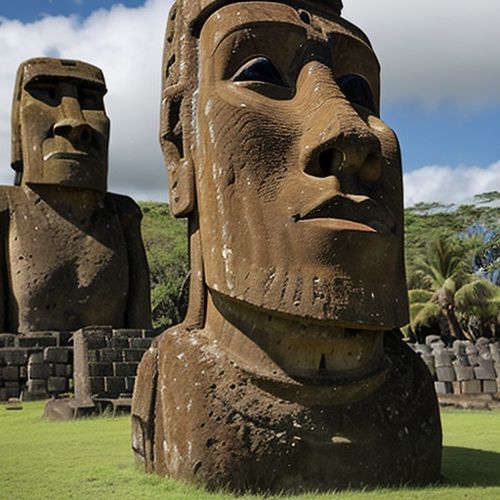
By Laura Wilson/Apr 10, 2025

By Benjamin Evans/Apr 10, 2025
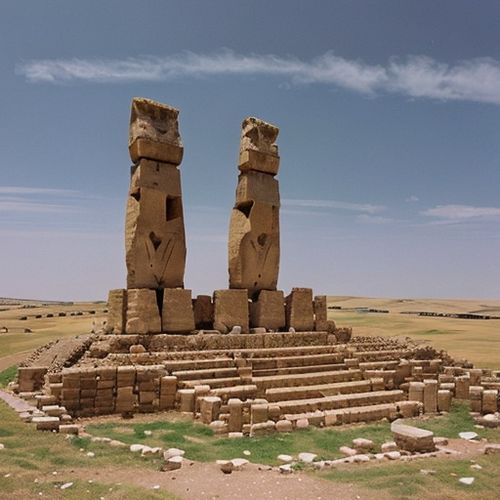
By Megan Clark/Apr 10, 2025